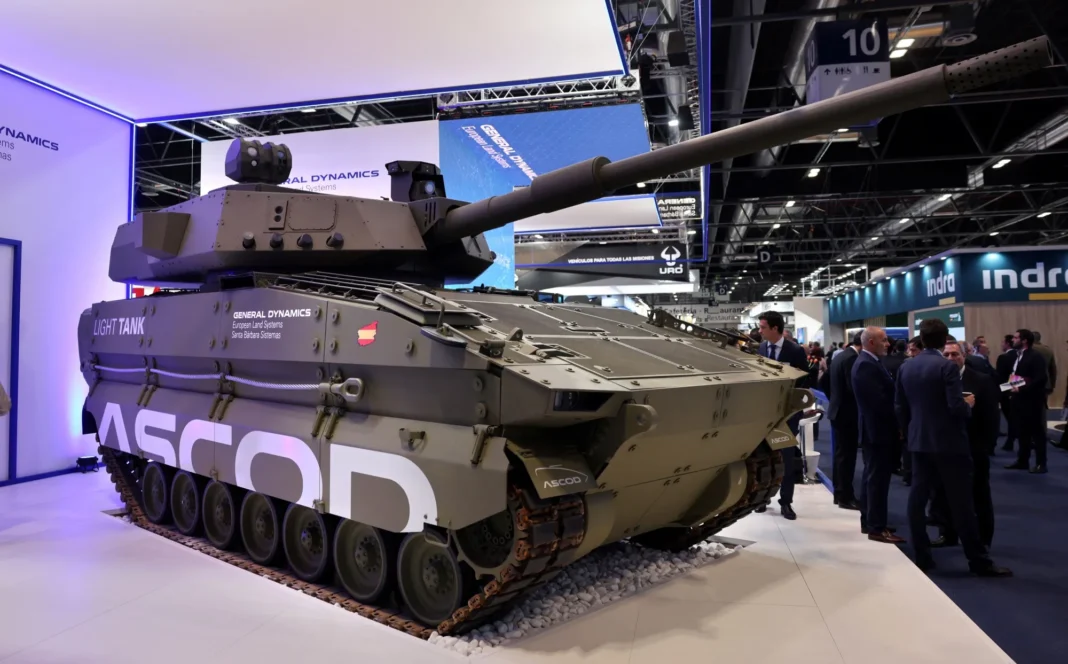It was disclosed that General Dynamics’ aerospace division, which is responsible for manufacturing Gulfstream business jets, recorded a notable 45% year-on-year increase in revenue during the quarter. This growth was primarily fueled by a higher volume of aircraft deliveries, which had risen to 36 units from 24 in the same period the previous year. The earnings from this unit were also reported to have climbed sharply, registering a 69% increase over the previous year’s figures.
A key milestone during the quarter was the certification of the company’s latest aircraft model—the Gulfstream G800. The approvals, which were granted by both the Federal Aviation Administration and the European Union Aviation Safety Agency on April 16, marked a significant step forward for the aerospace division. The G800, designed to accommodate up to 15 passengers and boasting an impressive range of 8,200 nautical miles, has been promoted as a next-generation offering aimed at enhancing the company’s competitive position in the high-end business jet market.
Despite these gains, it was acknowledged that new orders for business jets had declined when compared with the previous quarter. This trend was noted as a cause for attention, especially amid lingering supply chain challenges that have affected delivery timelines. Specifically, delays in receiving jet engines and extended certification processes were cited as factors that had prevented the company from meeting its delivery schedules in recent quarters. These issues, which have persisted since the onset of the global pandemic, continue to pose operational challenges.
The broader performance of the company remained robust, with General Dynamics reporting a quarterly net income of $994 million, or $3.66 per share. This result was said to have surpassed analyst projections, which had been estimated at $3.50 per share. In the same quarter the year prior, the company had reported earnings of $799 million, or $2.88 per share. Revenue also came in ahead of expectations, with $12.2 billion generated during the quarter, compared to analysts’ forecasts of approximately $11.9 billion.
The defense segment, which represents a critical part of General Dynamics’ business model, continued to perform steadily, driven in part by ongoing geopolitical tensions. Demand for military equipment and weapons remained elevated, a trend that has been sustained by the continued conflict in Ukraine and broader security concerns globally. As a result, the company’s combat systems segment—which produces weaponry and military vehicles—registered a 3.5% increase in revenue for the quarter ending March 30.
In parallel, the marine systems division, which is responsible for constructing nuclear-powered submarines, experienced a 7.5% rise in revenue. This growth reflected both increased activity and strong demand, particularly in connection with contracts awarded for the construction of the U.S. Navy’s Virginia-class submarines. However, it was acknowledged that despite the substantial contracts awarded by the Pentagon, delivery timelines have fallen behind schedule. These delays have been attributed to multiple factors, including shortages in skilled labor, persistent supply chain disruptions, and complexities in design execution—many of which were exacerbated by pandemic-related conditions.
Executives and analysts have pointed out that while the company has made strides in meeting defense demands, the labor shortages and production bottlenecks will require strategic focus in the quarters ahead. The defense industry more broadly has faced similar hurdles, but General Dynamics’ established role as a key contractor continues to anchor its long-term value.
In summary, General Dynamics was able to post a strong financial performance during the first quarter, with gains led by a revived aerospace business and consistent demand across defense operations. Certifications for new aircraft, expanded deliveries, and robust revenue growth all contributed to the company’s outperformance. However, it has been made clear that persistent operational issues—particularly in manufacturing and supply chain logistics—will remain central areas of concern moving forward. Nevertheless, the company’s ability to navigate these challenges while surpassing market expectations has been seen as a testament to its resilience and adaptability in a complex global environment.












